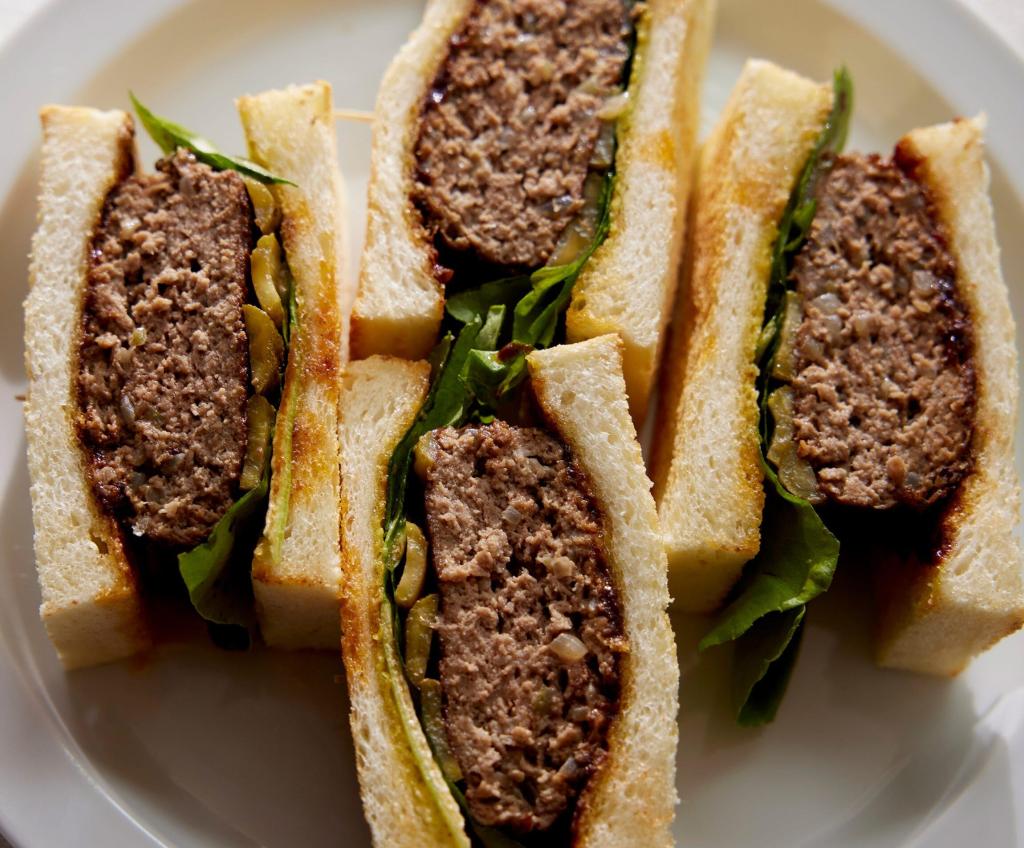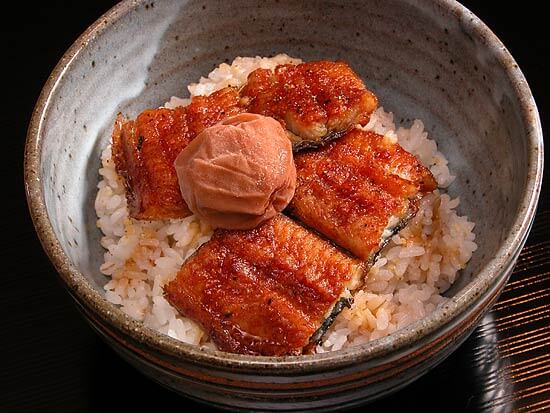
It’s not uncommon to find traditional lifestyle habits and medical knowledge, passed down over 3000 years, being contradicted by current science. Some of them are true, but I see many of these instances involve research funding from vested interests or hidden financial motives, so caution is necessary.
One such example I’d like to discuss today is the topic of digestion, and it’s encapsulated in the concept of “Trophology.”

When we talk about trophology, we’re delving into a deeper understanding beyond simple combinations like eel with Umeboshi or soba noodles and eggplant. If this theory holds true, it could have significant implications for modern humans.
Trophology finds acceptance in ancient traditions like Taoism and Ayurveda, dating back over 5000 years.
One aspect of trophology is the consideration of food combinations, such as “starch and protein.”
In Japan, where rice is a staple, mainstream combinations like hamburgers, ham and egg sandwiches, gyudon (beef bowl), tamago kake gohan (rice with raw egg), and steak with potatoes have become commonplace.
The reasoning behind these combinations is relatively straightforward: they disrupt the pH balance (acid-alkaline balance, yin and yang in Taoism), hindering digestion. This disruption can lead to the accumulation and fermentation of proteins and starches in the body, prompting the intestines to produce a gel-like mucus to protect the intestinal walls. Over time, this weakens intestinal function, leading to various gastrointestinal symptoms like indigestion, constipation, diarrhea, gas, excessive belching, heartburn, and stomach pain.
I first encountered the theory in Daniel P. Reid’s book “The Tao of Health, Sex, and Longevity.” Further research revealed recognition from many physiologists, doctors, and alternative medicine practitioners, with Dr. Herbert McGolfin Shelton being a notable proponent.
Other classic combinations that impair human digestion include:
- – Starch and acid (e.g., orange juice and toast)
- – Starch and sugar (e.g., jam on toast)
- – Protein and sugar (e.g., dessert after a meat meal)
Sandwich, Hamburgers, and Pizza… Typical American food is completely following this formula.
Now you may ask, despite frequent rice consumption and combinations with proteins like eggs and meat, Japan ranks among the top longevity countries worldwide, isn’t it?
While traces of rice consumption by Japanese people date back to the Jomon period in archaeological sites, the consumption of meat is relatively recent. For instance, the history of gyudon (Beef+Rice bowl) spans only about 100 years. Traditionally, vegetables have been the primary side dish for Japanese meals. And still is in traditional remote areas.
Upon learning about trophology, I can’t help but wonder if it contributes to the deterioration of modern humans’ digestive function.
What are your thoughts?
Let’s delve deeper into the “combination of protein and starch.” When consuming starch, digestion initiates with the secretion of ptyalin during chewing. Upon entering the stomach, an alkaline solution facilitates digestion. However, simultaneous protein consumption necessitates pepsin (requiring an acidic environment), leading to reduced or halted ptyalin secretion by saliva and increased acid secretion by the stomach. The resulting mixture of ptyalin and pepsin becomes neutral, rendering it ineffective for digestion. Meanwhile, undigested substances ferment or putrefy, prompting the large intestine to secrete mucous enzymes for protection. Prolonged exposure leads to mucous lining thickening and the formation of gel-like substances, resulting in issues like constipation and potentially leading to diverticulosis and other intestinal dysfunctions.